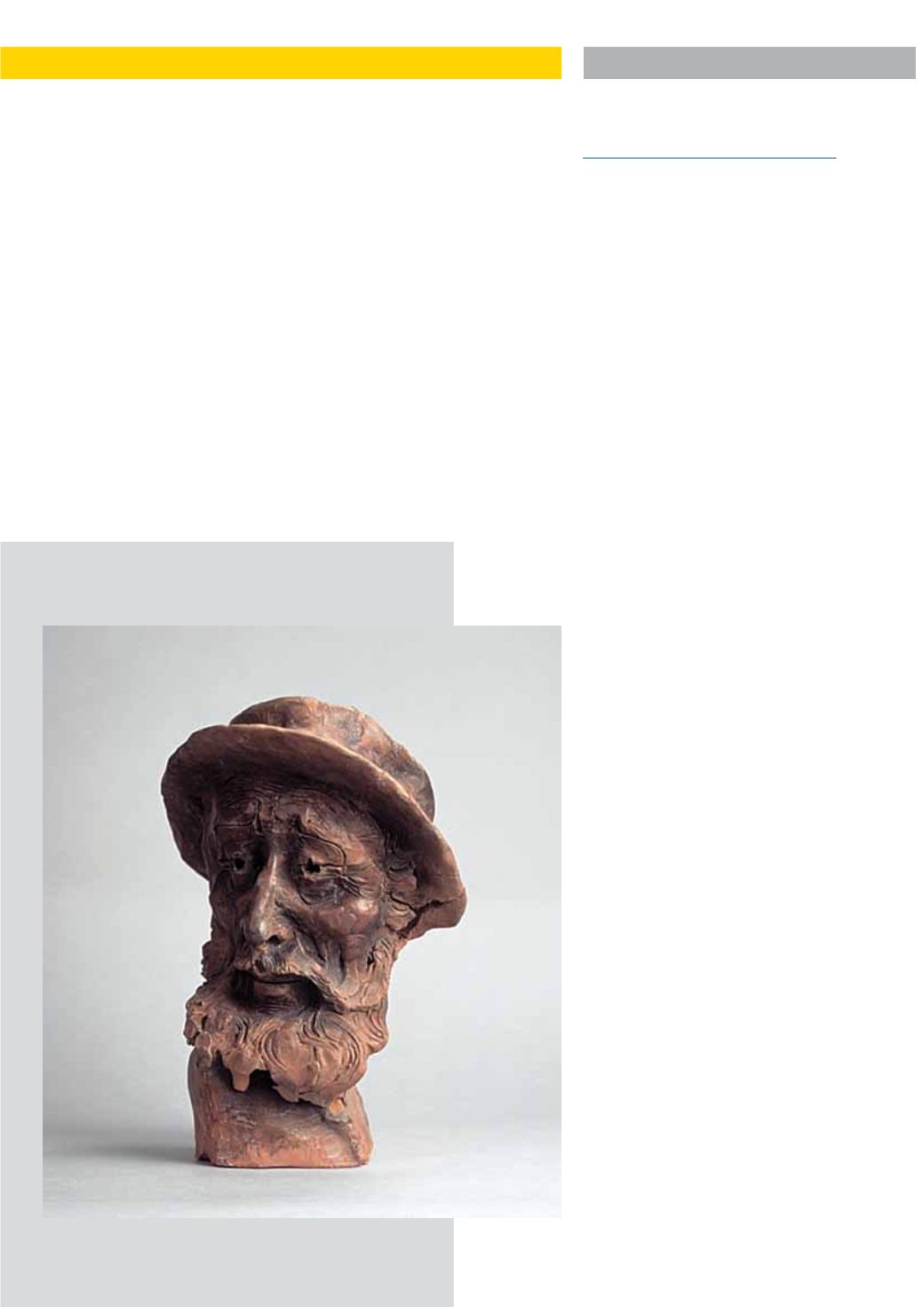
ORIENTAMENTO E SOCIETÀ
82
Ritratto del partigiano Goi
ferro piegato, saldato e smaltato, 1979
cura del deficit alla promozione di
abilità che l’individuo deve saper
riconoscere, creare ed usare come
opportunità per la carriera.
Attualmente, il gruppo di lavoro
è impegnato nel perfezionamento
del percorso attraverso l’introdu-
zione di un ventaglio maggiore di
attività e sviluppando alcune atti-
vità di orientamento in itinere pre-
liminari alla fase di orientamento
in uscita.
Andrea Laudadio
Direttore Area Ricerca & Sviluppo
Gruppo E-Laborando s.p.a.
email: a.laudadio@gruppoe-
laborando.it
BIBLIOGRAFIA
Arthur M.B., Inkson K., Priggle J.K.
The new careers. Individual action and
economic change,
London, Sage, 1999.
Cabral A.C., Salomone P.R.
Change and Careers: normative versus
contextual development,
Career Development Quarterly, 39,
1990.
Kuijpers M.A., Scheerens J.
Career Competencies for the Modern
Career Journal of Career Development,
2006; 32; 303 (
.
com/cgi/content/abstract/32/4/303),
2006.
Krumboltz J.D.
The wisdomof indecision. Journal of
Vocational Behavior,
41,1992.
Krumboltz J.D.
Career Beliefs Inventory: Applications
and technical guide. Palo Alto,
CA: Consulting Psychologists Press,
1999.
Ryan R.M., Deci E.L.
Self-Determination Theory and the
Facilitation of Intrinsic Motivation,
Social Development and Well-being,
American Psychologist, 55, 1, 2000.
Saleebey D.
The strengths perspective in social work
practice. New York City,
NY: Longman, 1997.
Saleebey D.
The diagnostic strengths manual?,
Social Work. NewYork, 46, 2, 2001.
Tello F.P.H., Moscoso S.C., Garcia I.B.,
Chaves S.S.
Training satisfaction Rating Scale:
Development of Measurement Model
Using Polycholic Correlations,
European Journal of Psychological
Assessment, 2006.
Weick A., Chamberlain R.
Putting problems in their place: Further
explorations in the strengths perspective,
in D. Sabeeley (ed.), The strengths
perspective in social work practice
(2nd ed., pp. 37-48), NewYork City, NY:
Longman, 1997.


